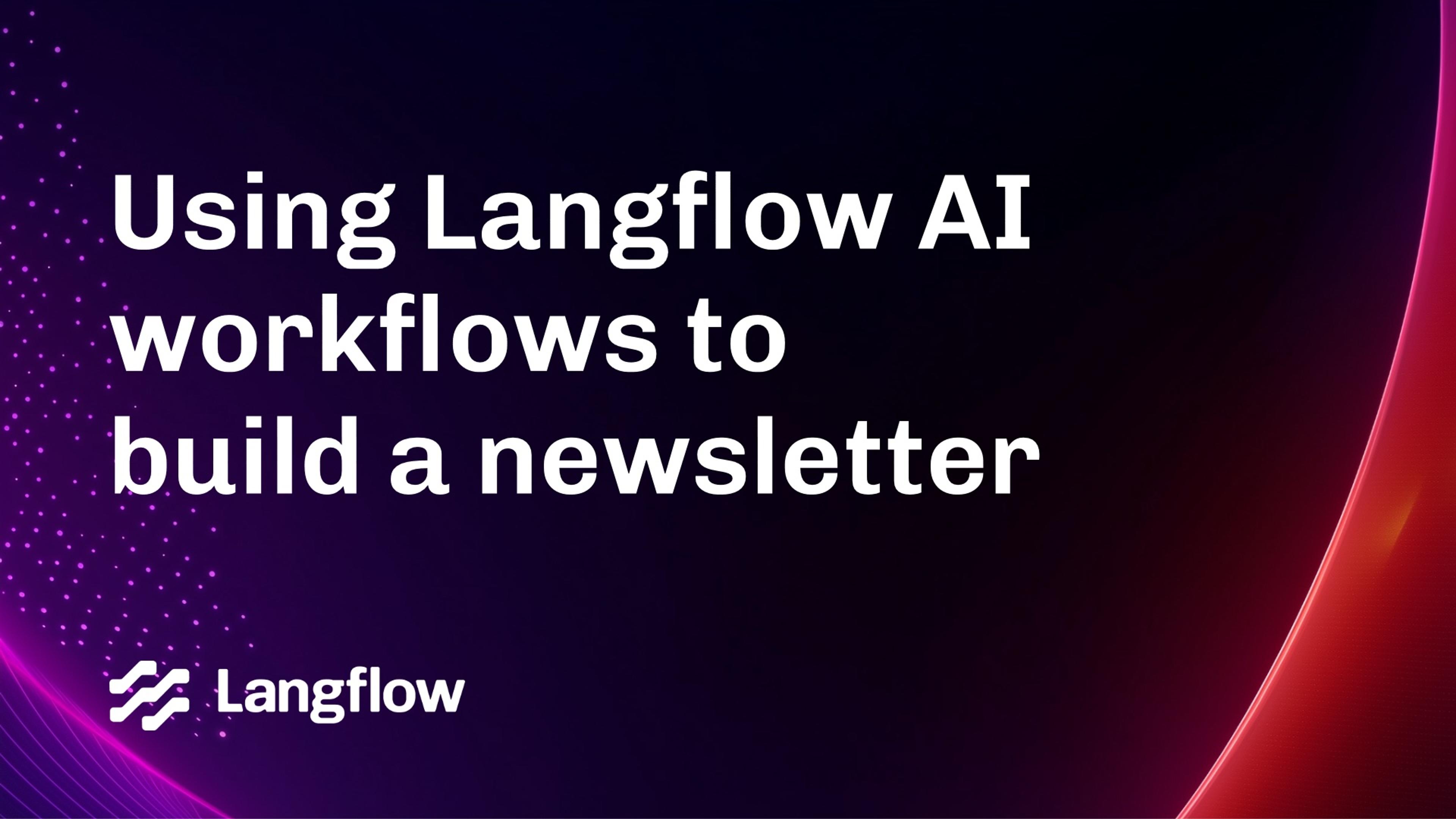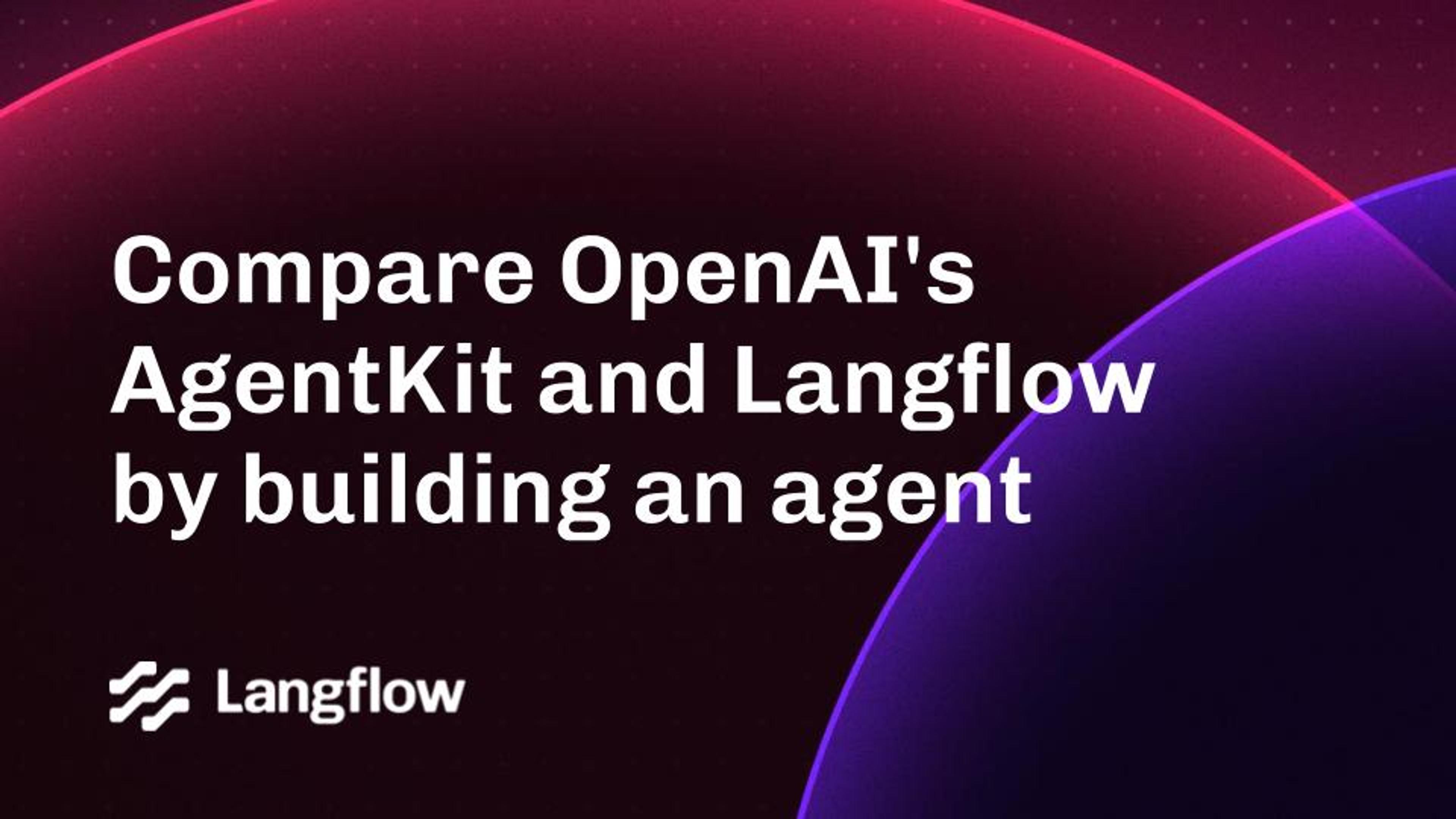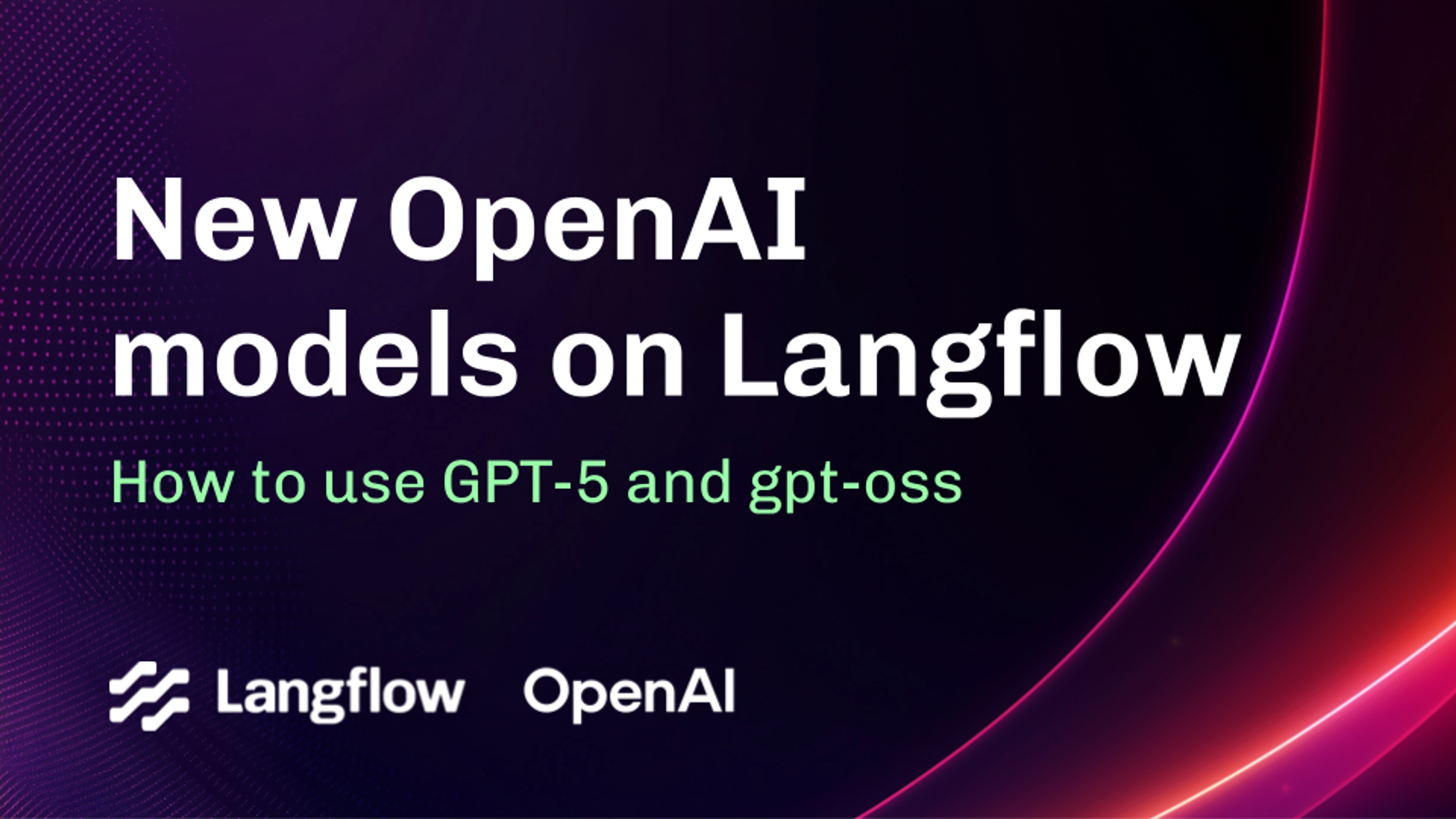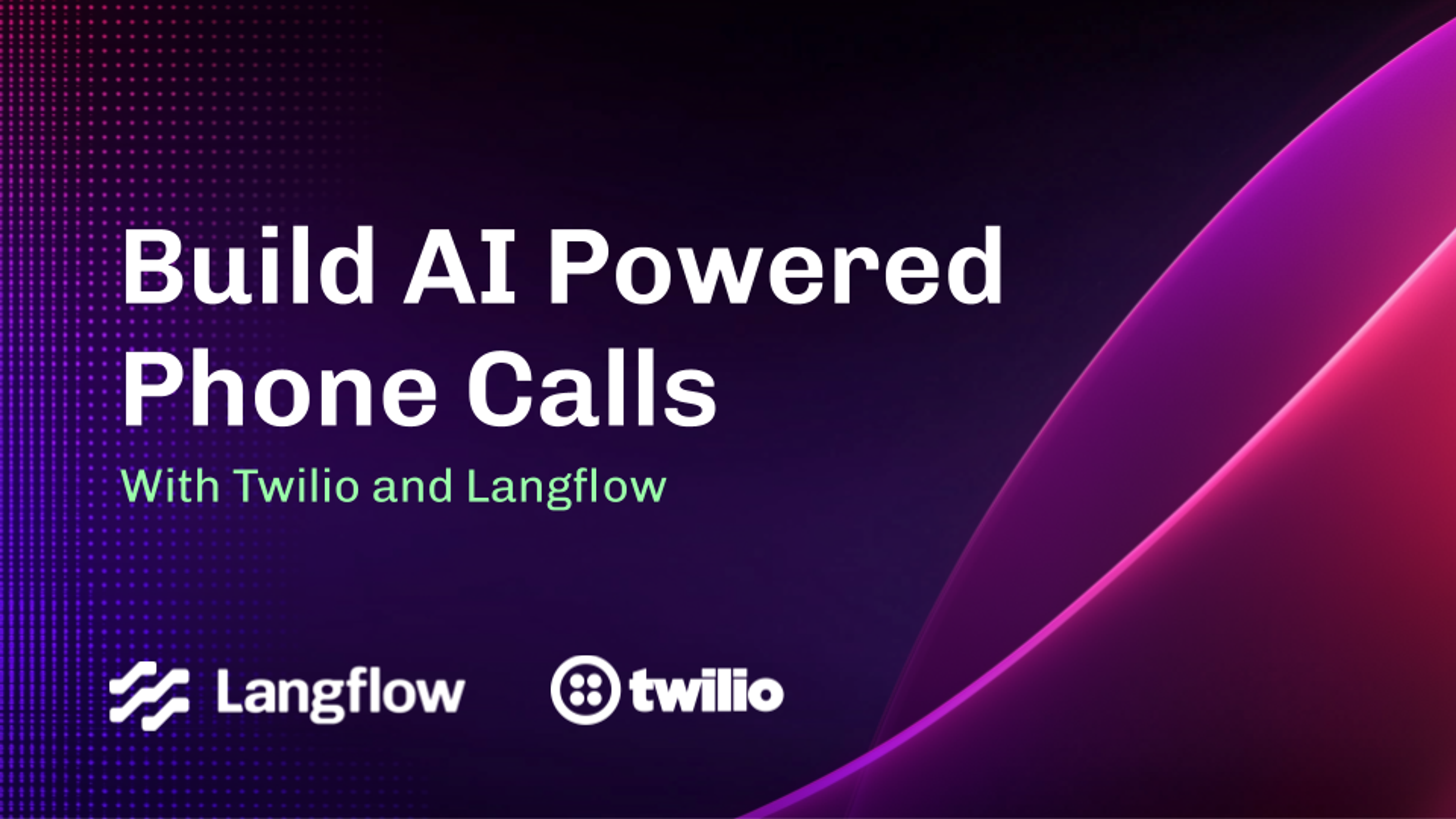
Phil Nash
Melbourne, Australia
Phil Nash is a developer relations engineer at IBM, working on the Langflow project. He lives in Melbourne, Australia, builds apps with TypeScript, and enjoys meeting developers at conferences and meetups around the world.
Content (11)
Blog

How we use Langflow AI workflows to gather content for the AI++ newsletter
We built a custom AI workflow to automate the repetitive task of gathering content for our developer newsletter. This article details how the flow ingests any URL, uses an LLM to generate a summary and category, and then saves the result to a Notion page. To make it even more efficient, they share a simple bookmarklet that triggers the entire process from any webpage with a single click.
Blog

Build your own AI coding agent with Langflow
Discover how to build a simple yet powerful coding agent using Langflow and MCP servers. Learn how to connect user input to a model that can read and write files, understand project structure, and autonomously code for you.
Blog

Compare OpenAI's AgentKit and Langflow by building an agent
The recent launch of OpenAI's AgentKit has sparked excitement among developers, but how does it stack up against existing solutions like Langflow? In this in-depth comparison, we'll dive into the strengths and weaknesses of each platform, exploring their capabilities and trade-offs through a real-world example. By building the same AI agent in both platforms, we'll help you make an informed decision about which tool is right for your next project.
Blog

Build your own MCP server in Langflow
Langflow is a powerful tool for building custom AI agents, but did you know it can also be used to create MCP servers that grant access to private data and APIs? This blog post showcases how to use Langflow to build a custom MCP tool that provides documentation for a lesser-known library, making it accessible to coding agents.
Blog

Langflow 1.6 released: OAuth for MCP, OpenAI responses API compatibility, and more!
Langflow 1.6 is out with OAuth for MCP, OpenAI API compatibility, Docling-powered parsing, Traceloop observability and Better UX.
Blog

Build an AI alt text generator with Langflow and Next.js
Tired of the tedious task of writing alt text? This article will show you how to build AltTextr, an AI-powered app using Langflow, Next.js, and OpenAI that you collaborate with to generate high-quality alternative text, helping you create better, more accessible websites.
Blog

How to run OpenAI’s gpt-oss and GPT-5 models on Langflow
Learn how to enable access to the newest OpenAI models, GPT-5 and the open-source gpt-oss-20b and gpt-oss-120b, within Langflow. From running locally, to cloud services, and employing the models as agents, check out how to start using the latest models in Langflow.
Blog

Build AI powered phone calls with Twilio ConversationRelay and Langflow
Connect your Langflow flows to phone calls using Twilio ConversationRelay and build AI-powered voice assistants. Learn to handle speech-to-text and text-to-speech, and how to stream responses for a more natural conversation.
Blog

How to Stream Responses from the Langflow API in Node.js
You’ve integrated your Langflow flow into your app, and learned how to use the Langflow API in Node.js. Now you’ll learn how to stream results from your Langflow flows in Node.js.
Blog

How to Use the Langflow API in Node.js
Learn how to integrate a Langflow flow into your own application using the Langflow API.
Blog
